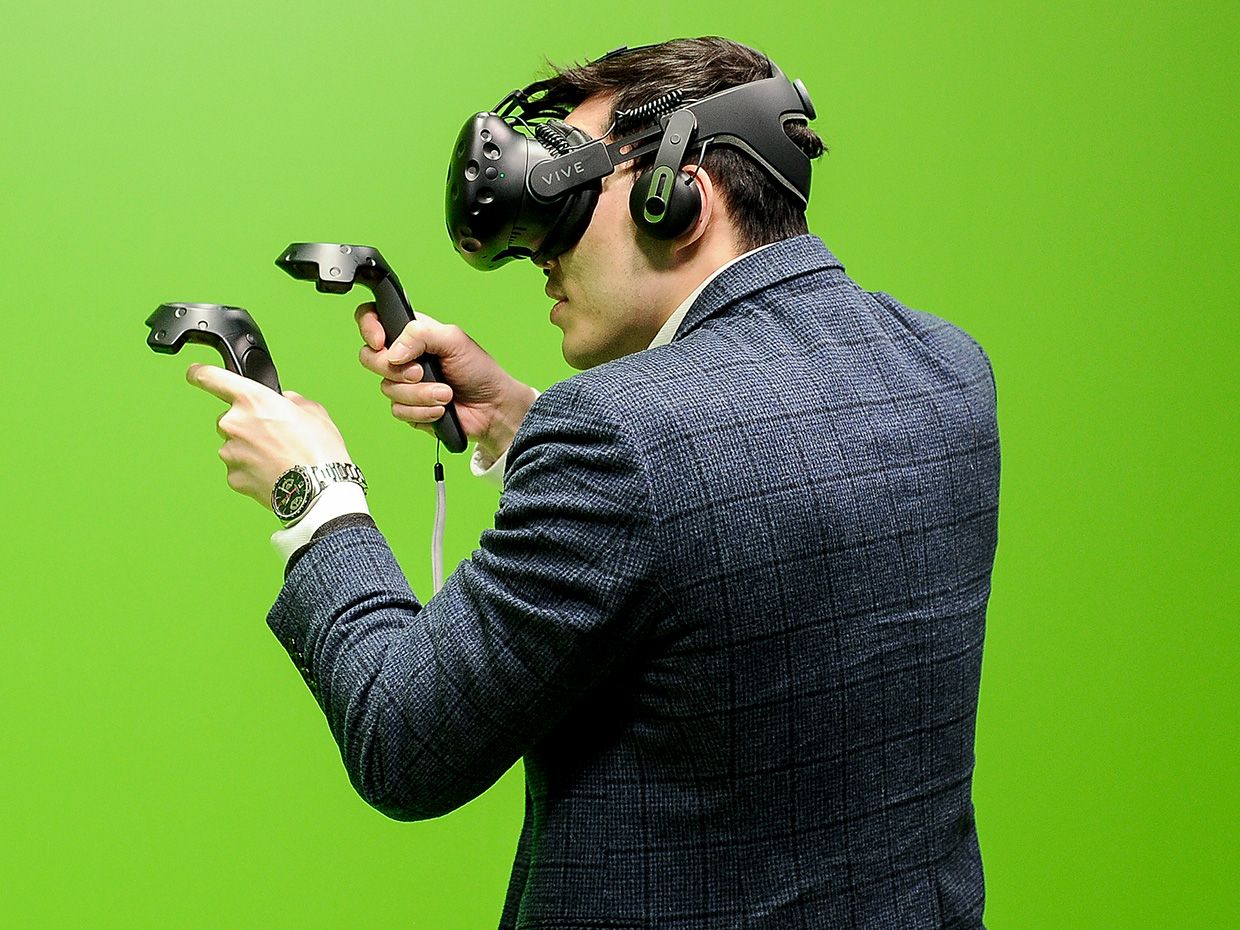The Legal Hazards of Virtual Reality and Augmented Reality Apps
Liability and intellectual property issues are just two areas developers need to know about
As virtual- and augmented-reality technologies mature, legal questions are emerging that could trip up VR and AR developers. One of the first lawyers to explore these questions is Robyn Chatwood, of the international law firm Dentons. “VR and AR are areas where the law is just not keeping up with [technology] developments,” she says. IEEE Spectrum contributing editor Tam Harbert talked with Chatwood about the legal challenges.
Tam Harbert: What critical legal issues do engineers need to know about?
Robyn Chatwood: IP rights are the most important. In VR, IP rights come in two categories: real-world-IP rights in the virtual world and virtual-IP rights in the real world. To give you an example of the first category, McDonald’s has trademarks on its brand in the real world. But what if someone depicts a McDonald’s burger or restaurant in a virtual world? Does trademark registration stretch to cover everything in a virtual world?
The second category is virtual-IP rights in the real world. For example, I design an app that geotags a building, and when I view the building through my smartphone, the app augments that view with information about the building, such as height, number of tenants, etc. Who owns the rights when you overlay information virtually onto a real physical object? At the moment, there are no effective laws on who owns such rights. Owners of landmark buildings might want to own those rights, but today they can’t control who presents information about their buildings in an augmented-reality application.
The other thing is an issue that’s normally sorted out by contract, but I still consider it a gray area. Users can design and build things virtually. Say someone comes up with a really incredible and exciting design for a building or a city. Who owns the rights to that design? That is normally spelled out in the terms and conditions users are required to sign, but it becomes more important with VR content. Engineers should think through what people might do with this technology and make sure that their companies sort out who owns what in the terms and conditions.
T.H.: What about dangers to users?
R.C.: This technology can be used to help people in many ways. For example, there’s an app called Fearless that was created by a fellow trying to overcome his phobia of spiders. Because VR is so realistic, you can have a process in which you gradually immerse yourself in things. But the fact that [VR] feels so real can also be used for evil. In late 2016, for example, a woman playing a multiplayer virtual reality game called QuiVr experienced what she says felt like a real sexual assault. During the game, someone came up to her, tried to rub her chest, and chased her when she tried to get away. Because VR seems so real and evokes real emotions, she felt just as violated as though she had been assaulted in real life. However, there are no laws that say sexual assault in VR is the same as being sexually assaulted in the real world.
Think about potential risks like this. Is there a potential for someone to be harmed? What might you embed into the product that mitigates or eliminates these risks? Perhaps you include a function that allows one user to block another user, or give them a way to create a safe space that prevents others from coming closer than 1 meter without your permission.
There are also issues of privacy and security. What data are you collecting? Is that data available to others? For example, are the locations of users beaconed to others? Could others determine whether a particular user is female, or a child? Could your product unwittingly facilitate a dangerous situation?
T.H.: When will these legal issues be sorted out?
R.C.: I think within 5 to 10 years there may be an incident that draws a lot of attention to a particular problem. Or adoption may just become so widespread that society recognizes the need for regulations.
This article appears in the March 2018 print issue as “The Legal Hazards of VR and AR.”
Freelance journalist Tam Harbert has covered technology and business for more than 20 years. Based in Washington, D.C., Harbert says her favorite type of article explains how public policy affects the technology business, or vice versa. She has launched, edited, and written for publications targeting engineers, IT managers, investors, and corporate executives. Harbert has won more than a dozen awards for her work, most recently two awards (2014) from the American Society of Business Publication Editors (ASBPE) and the American Society of Journalists and Authors (ASJA). She has also received the Jesse H. Neal Award for op-ed writing.
